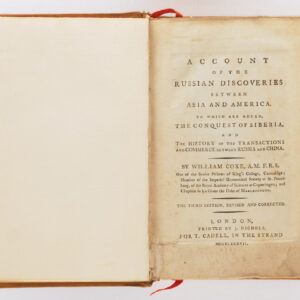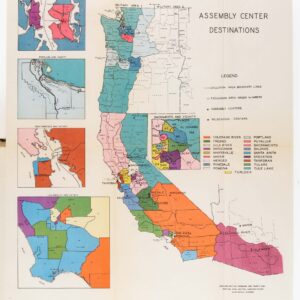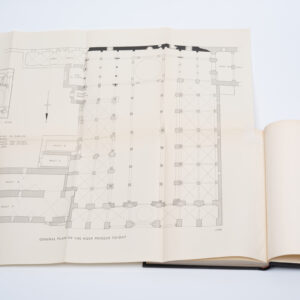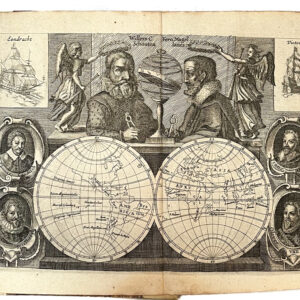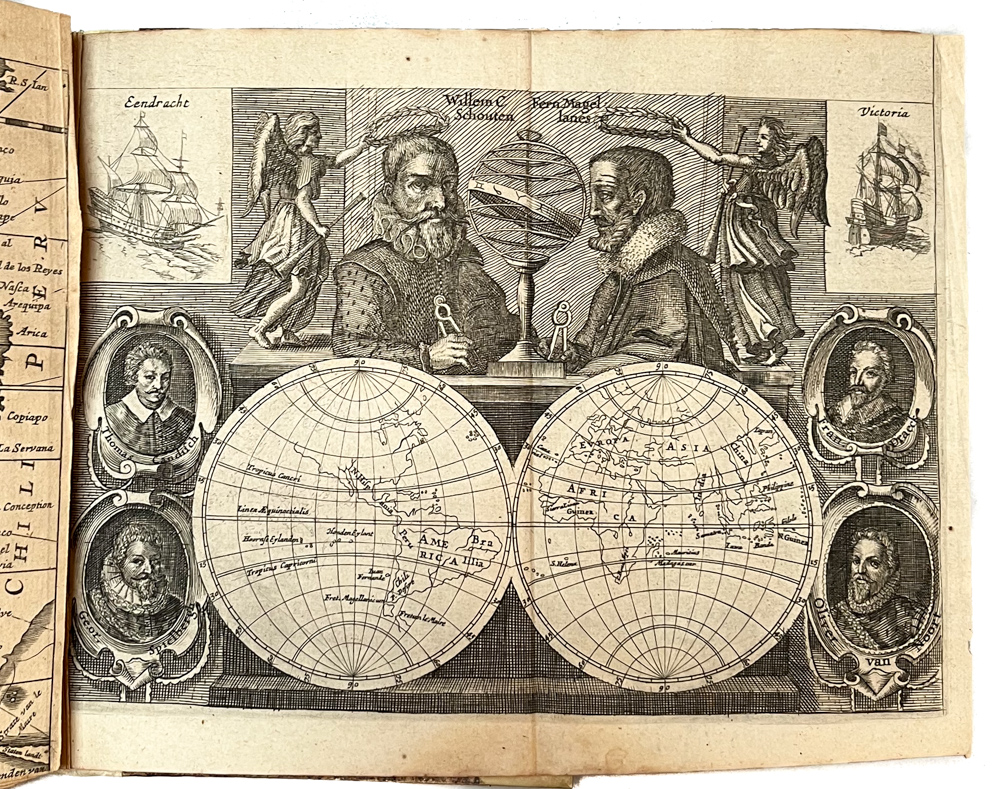First Edition of Morandi’s gorgeously illustrated guide to medicinal plants, from the library of Count Moltke.
Historia Botanica Practica, seu plantarum quae ad usum medicinae pertinent.
$2,800
1 in stock
Description
In 1744, during the height of the Enlightenment era, the Italian knight Giambattista Morandi published a beautiful and influential tome on medicinal plants and their uses and effects. The Historia Botanica Practica was written in Latin and published in Milan. The book is richly illustrated with drawings and includes an elaborately etched title page and numerous vignettes. Most important are the 68 botanical plates, each containing up to ten distinct species of plants, which Morandi had drawn and engraved himself.
Morandi was affiliated with the botanical gardens of Castello Valentino in Turin, where he worked as a botanical artist under Vittorio Emanuele II di Savoia. The original drawings for the Historia Botanical Practica are among Morandi’s surviving manuscripts and are today held by the Natural History Museum in London.
Neatline’s first edition of Morandi’s work is presented in its original mottled calf binding with gilt lettering on the spine and marbled endpapers. It appears that this particular copy was made specifically for one of Europe’s most influential politicians and noblemen at the time: Count Adam Gottlob von Moltke (1710-92), as his gilded and impressed crest adorns the book’s front.
Moltke was a Danish-German courtier, statesman, and diplomat to King Frederik V. He was also one of the primary driving forces behind the conceptualization and implementation of the world’s first formal scientific voyage: the Royal Danish expedition to Felix Arabia (Yemen). This seven-year ordeal, from which only the team’s renowned cartographer Carsten Niebuhr returned, cemented Denmark’s status as a nation of science and set a strong precedent for other great nations to engage in such systematic explorations. Among the disciplines that were greatly expanded by the expedition’s results was botany.
As the binding is contemporary and the volume does not seem to be rebound, we can safely presume that not only was this particular volume the property of Count Moltke but that it most likely was for him by order. This reflects just how important Morandi’s work was considered at the time. In addition to Count Moltke’s coat-of-arms on the front, the tome has two later ex-libris labels on the interior, providing a solid provenance of ownership.
A second edition was published in 1761.
Cartographer(s):
Giambattista Morandi was an Italian knight employed by the botanical gardens of Castello Valentino in Turin, where he worked as a botanical artist under Vittorio Emanuele II di Savoia.
In addition to writing his famous illustrated work on medicinal plants, Morandi published several other works, including one on calligraphy, in which he discusses current European fonts (e.g. italic, Gothic, Roman, bastard, vegetal) and compares them with more exotic writing models from Greek, Hebrew, Arabic, and Cyrillic. His main interest was nevertheless always botany, and among the remarkable characteristics of his work on calligraphy is the predisposition towards alphabets composed of plants and trees.
Despite being little known in posterity, many of Morandi’s original drawings and manuscripts have survived. While the original drawings for the Historia Botanical Practica are today held by the Natural History Museum in London, the Houghton Library at Harvard University holds the original manuscript for Morandi’s work on calligraphy.
Condition Description
Very good. Minor age-related wear to the binding, and an unprinted page is loose.
First edition. Original mottled calf binding with gilt lettering on the spine and marbled endpapers.
Gilded and impressed crest of Count Adam Gottlob von Moltke (1710-92).
Ex typographia Petri Francisci Malatestae
References
Hunt 522; Nissen BBI 1406; Stafleu & Cowan III, 6290.
